
Sometimes I imagine Martians landing in Silicon Valley and, after looking around at the buildings, signs, and wonders, they instinctively turn to me, and ask one key question. “What,” they ask, “is this Startup religion your people speak of with so mighty and united a voice?”
And I say, “What you mean ‘we’, white man?”[2]
But I jest. When in Rome, do as the Romans, and when in Silicon Valley, start with startups. But “Startup,” I will argue, is just part of something more basic and global, entrepreneurship. This has existed in many forms, places and times, and it’s good to map that whole field and locate Startup within it, to consider all the possibilities, as a guide for the perplexed, and for Martians that may land in, say, France on their next visit.
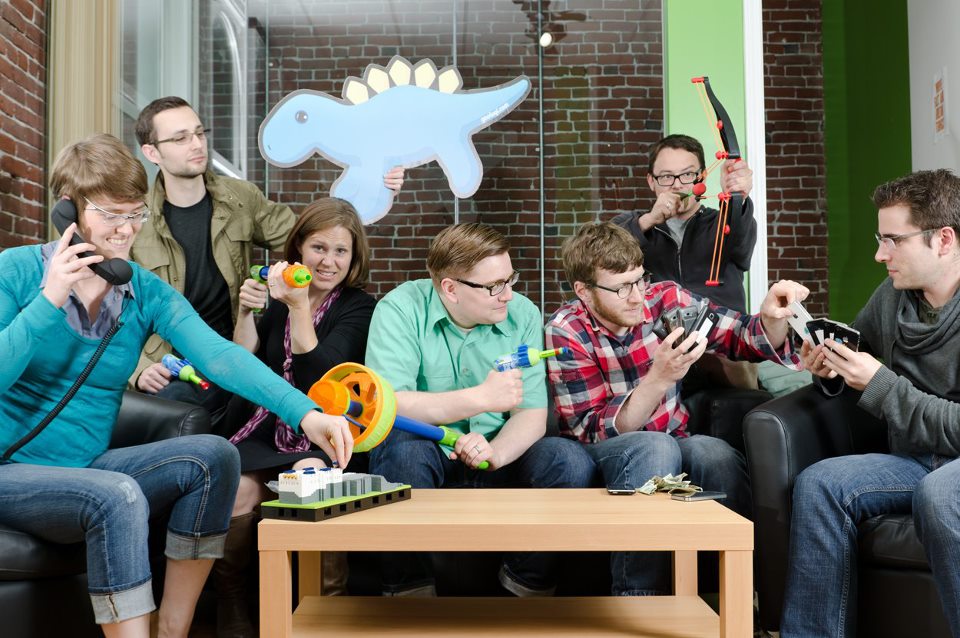
Geoloqi, a startup in Portland

"entrepreneur" is an old idea from Cotillon
Unlike startup, which was invented recently by Eric Ries[3], “entrepreneur” is a term that’s been defined and explored for centuries, since being coined by the early Irish/French economist Richard Cantillon (1680s-1734) in his Essay on the Nature of Trade around 1730. Cantillon, incidentally, also got very rich through one of the earliest major speculative stock bubbles, the Mississippi Company, thus solidifying his credentials for present discussion.
The economist J. B. Say gave a classic definition in 1803: an entrepreneur is an economic agent who recombines land, labor, and capital to produce higher productivity. Austrian economist Schumpeter (1883-1950), however, won the Internet by popularizing the term “creative destruction” as a description of capitalist change — adapting a concept from Marx.

early HP PC ("oscillator"), 1939
Silicon Valley has its own history and historians, however, and here, entrepreneurship is generally understood to have begun around WWII when Hewlett & Packard met in a garage at the newly-founded Stanford University, chopped down a grove of cherry trees, and invented the early personal computer (known as the oscillator) with a Series A round from Sequoia Capital. There may have been precedents, but they weren’t here and didn’t scale, so you even bringing it up is frankly kind of amateur.


Key other books in the Entrepreneur testament include Everett Rogers‘ landmark work establishing the field of innovation studies, The Diffusion of Innovation, 1st ed. 1963 [4].
Despite being based in Ohio and initially focusing mostly on the social dissemination of new farming techniques, Rogers developed a universal terminology and theoretical framework, which however is now understood to apply only to technology startups.

 Finally, in 1997 Clayton Christensen of Harvard Business School produced entrepreneurship’s Book of Revelation, The Innovator’s Dilemma. [5] Christensen brilliantly demonstrated that even the best-run companies can and do often fail, because they become structurally oriented to their current markets and uninclined to invest resources in emerging, unpredictable adjacent markets. He showed that the stock market most rewards companies that can develop these new products and markets (e.g. Apple), and that the upside to better discovering these “disruptors” is huge.
Finally, in 1997 Clayton Christensen of Harvard Business School produced entrepreneurship’s Book of Revelation, The Innovator’s Dilemma. [5] Christensen brilliantly demonstrated that even the best-run companies can and do often fail, because they become structurally oriented to their current markets and uninclined to invest resources in emerging, unpredictable adjacent markets. He showed that the stock market most rewards companies that can develop these new products and markets (e.g. Apple), and that the upside to better discovering these “disruptors” is huge.
Meanwhile, American permissive parenting and educational culture was knocking out whole generations of kids readily self-identifiable as “disruptors”; “disruptive innovation” became a central tenet of economic and personal development, counterculture was recast into Richard Florida‘s “Creative Class,”[6] and from the ashes of the Great Society and post-WWII economic equality and security was born Startup Nation. As Marx observed, bitter that his partner Engels was so rich from the cotton boom, religion is the opiate of the masses and entrepreneurship is the opiate of the precariat.
 Contemporary Silicon Valley theorists (“wordrepreneurs”) typically synthesize Schumpeter’s “creative destruction” and Christensen’s “disruptive innovation” into the more holistic, if not precisely meaningful “Creative Disruption.”
Contemporary Silicon Valley theorists (“wordrepreneurs”) typically synthesize Schumpeter’s “creative destruction” and Christensen’s “disruptive innovation” into the more holistic, if not precisely meaningful “Creative Disruption.”

Look, the point is, people have been thinking of new ways to do things, investing in them, and disseminating them, forever, for as long as they’ve had practices, concepts, and tools, thank goodness. Birds do it, bees do, governments do it, the French even do it, well (“le Startup”). My view is, if we want to explain all of this entrepreneurial-type activity to the Martians, wherever it might occur, and if we want to understand the true properties of, and opportunities for, innovation and entrepreneurship, then we should start with first principles and a general definition like this:
Entrepreneurship is risk-taking innovation activity that produces social and/or economic benefit.
Now let’s break down those deliberately chosen terms:
1. Risk-taking is inherent because entrepreneurship means reallocating resources towards uncertain new opportunities. However, this does not mean that entrepreneurs are necessarily or even typically risk-seekers; research suggests that personality traits only weakly predict entrepreneur success, and entrepreneurs are more typically sociable opportunity-, solution-, or perfection-seekers who confront and minimize attendant risk well (Byers et al, 1998)[7]
Also note, the resource risked by an entrepreneur may not be capital; it may be time, reputation, position or status within an organization, or even self-worth.
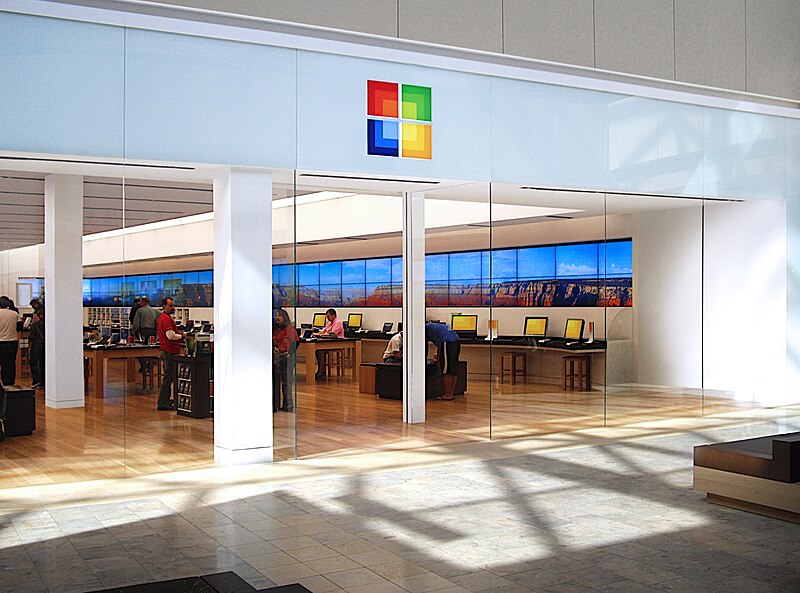
Microsoft Store, 2008. (Wikipedia)
2. Innovation is new (inventive) practices that create higher value. This intentionally excludes non-inventive business activities such as opening a new, duplicate retail outlet (e.g. Microsoft Store, left), or obvious incremental improvements in a product or process.
.3. Activity: following the convention of most innovation literature, I exclude pure knowledge, ideas, invention or creation that doesn’t produce observable social/economic change. Yes, of course we could debate what is social value or change, but this definition helps make a commonsensical distinction.
4. Social and/or economic benefit: entrepreneurship might create pure social benefit (e.g. a new government program or not-for-profit), pure financial benefit (e.g. a new derivatives trading strategy), or any combination of these.
By pointing out “benefit”, I aim to suggest that the scale and distribution of benefit is really what matters. I believe the most significant entrepreneurship is that which produces the largest and most widely shared benefits, not that which creates mere change, novelty, or wealth transfer. I mention both social and economic benefit in part to observe that in practice it’s often difficult to separate them, either in entrepreneurs’ motivations or in the effect of their activities.
5. Words not in this definition: technology, capitalist, Western, modern, consumer, democracy, Internet, product, commercial, market. These all describe realms where entrepreneurship occurs, but entrepreneurship does not necessarily involve any of them.
.
A map of the extended field of entrepreneurship: Goals and Structures
We might make an analytic map of all the activities we classify as “entrepreneurial,” to consider possibilities and classify/relate known cases. I suggest one with the two axes as below: theoretically one could identify or envision enterprises at any point on this map, i.e. any combination of goal and structure.
.
Axis A: Goal: from pure profit to pure social/personal goal, for example:
- public good (universal social good)
- social good / enterprise (social benefit to particular group or cause)
- sustainability of business / lifestyle / personal opportunity
- financial goals
- “exit”: e.g. sale of enterprise
Axis B: Structure: ranging across cases from
- Program
A project/initiative done entirely within structure of a larger org (e.g. govt program, corporate project/product).
- Skunkworks / internal spinoff
Within a larger org, but done in a separate administrative unit with possibly different operating procedures.
- Co-entrepreneurship:
initiative that is semi-autonomous but developed within some structure of pooled equity, e.g startup collectives, accelerator portfolio co (e.g. Betaworks).
- Traditional startup (normal / traditional startup model)
- Fractional entrepreneurship:
A given project, at a given time, might be pursued with only part of one or more people’s attention or commitment. In fact, even a traditional startup has fractional involvement of many parties such as investors, lawyers and other professional service providers, friends & family. These fractional involvements are not usually represented explicityly in the structure or equity of the enterprise (although they could be).
.
An enterprise has a path, not a nature
While entrepreneurial enterprise are commonly talked of having a model, e.g. “startup” or “social enterprise,” in fact it’s typical for projects to evolve across models, i.e. across positions on the above Entrepreneurship Map.
Projects may begin as ideas, market analysis, complaints, failures, accidents, experiments, side efforts, or research & development (R&D); they may migrate to become an official program or product, or a public or open-source project; they may be acquired, or incorporated into another product, or acquired to be terminated. Organizing a single, independent company devoted to the single project (the typical “startup” model) may be inappropriate, inefficient, or not suit the participants’ or project’s needs.
.
So What?
I believe that existing attention, tools, services, assumptions, thinking, policies, investment, etc. are highly concentrated in just a few areas of this map; but innovation and social/economic needs are served by enterprises from all areas of the map.
If entrepreneurial enterprise, and entrepreneurs, are more diverse than our standard practices assume, then that means we are probably missing a lot of opportunity. I would suggest that by overconcontrating on particular, even exclusionary notions such as “startup”, we may waste human resources, misallocate investment, increase risk and inefficiency, miss innovation opportunity, and fail to meet human needs.
Advocates, experts, or beneficiaries of particular entrepreneurial practices often assert, explicitly or implicitly, with or without necessarily offering any evidence or argument, that their way is generally the best or only one possible, or is synonymous with entrepreneurship or “innovation” or “risk taking” or “startups” or “startup culture” or “technology” or “Silicon Valley”, or that all of the above are more or less the same thing. There’s a good chance that what they advocate grows out of their particular experiences and economic interests, rather than analysis of what are all the possibilities, which might best meet your needs, or what the world needs. Or less sinisterly, it may be that just by engaging with a certain person or organization, e.g. entering a hackathon or entering investor discussions, you are assumed to be following one particular model, but this isn’t articulated or analytically derived.
For one thing, this is a fast-changing map, with entirely new areas emergent such as B Corps (corporations with social-benefit provisions mandated by charter) and all kinds of crowdfunding / crowdsourcing being invented or legislatively enabled by the JOBS Act. Basically, nobody out there is an expert on all the possibilities.
So, advice to people and to projects: consider all the angles, and find the way to do what you do best — what best suits your circumstance, values, and assets. It’s a big world, a universe of possibilities, so don’t just follow local dogma.
..
Notes
1. the title “Entrepreneurship in the Expanded Field” alludes to the essay by Rosalind Krauss “
Sculpture in the Expanded Field” (PDF).
October, Vol. 8. (Spring, 1979), pp. 30-44.
2.
“What you mean ‘we’, white man?”:
A
1958 comic in Mad magazine by E. Nelson Bridwell depicted The Lone Ranger and his companion Tonto surrounded by hostile Indians, the Ranger saying
“it looks like we’re finished!” Tonto replies,
“What you mean… WE?” The punchline has often been retold as “What you mean ‘we,’ white man?”, as in the 1974 top-40 soul hit “The Lone Ranger” by Oscar Brown, Jr. , or in a
2008 blog post by Paul Krugman.
4. Rogers, Everett. The Diffusion of Innovation. (Glencoe: Free Press, 1963). .
.
Comments welcomed; will be approved before posting (sorry, spam issues). Please feel free to also send comments to tmccormick (at) gmail.com, or comment / follow at @tmccormick on Twitter/App.net.




 Possibly, Moleskine, alone or in connection to its partnership with Evernote, has designs on this space and ability to gain a strong position. So far, though, I don’t think so, because of these differentiators:
Possibly, Moleskine, alone or in connection to its partnership with Evernote, has designs on this space and ability to gain a strong position. So far, though, I don’t think so, because of these differentiators: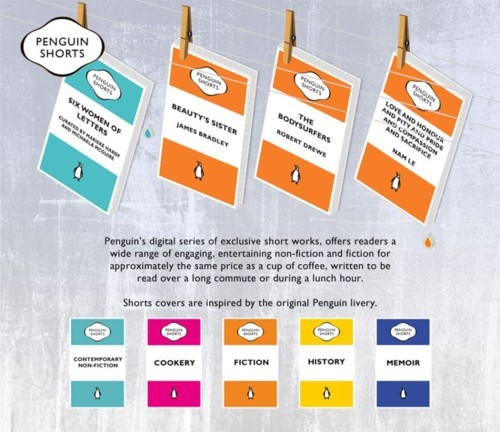

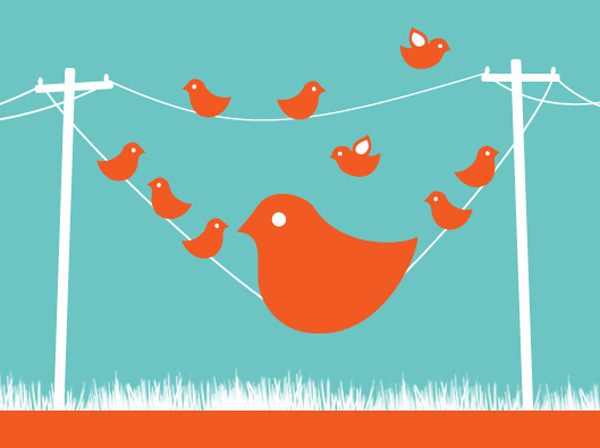
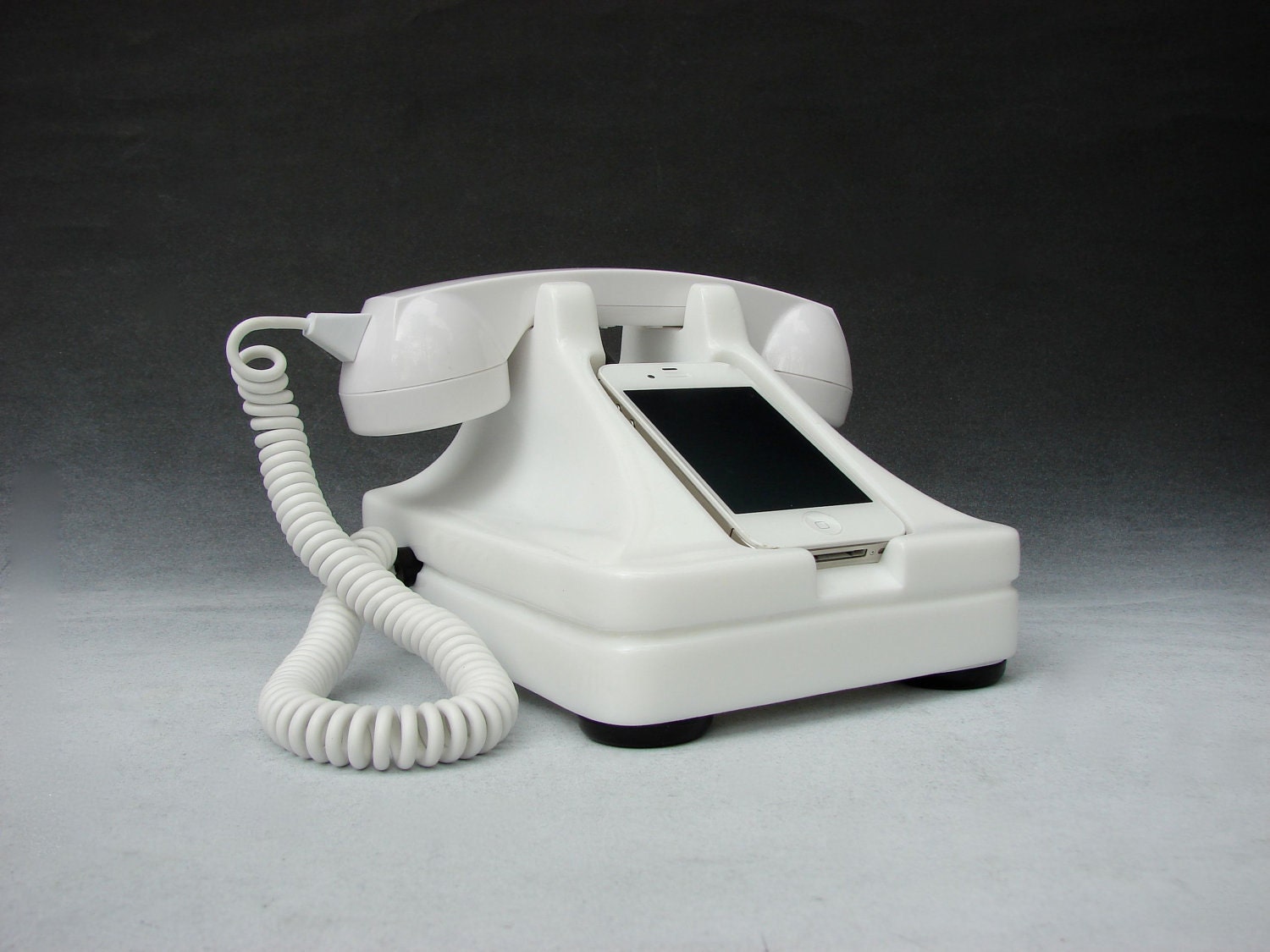








 Finally, in 1997 Clayton Christensen of Harvard Business School produced entrepreneurship’s Book of Revelation,
Finally, in 1997 Clayton Christensen of Harvard Business School produced entrepreneurship’s Book of Revelation,  Contemporary Silicon Valley theorists (“wordrepreneurs”) typically synthesize Schumpeter’s “creative destruction” and Christensen’s “disruptive innovation” into the more holistic, if not precisely meaningful “Creative Disruption.”
Contemporary Silicon Valley theorists (“wordrepreneurs”) typically synthesize Schumpeter’s “creative destruction” and Christensen’s “disruptive innovation” into the more holistic, if not precisely meaningful “Creative Disruption.”